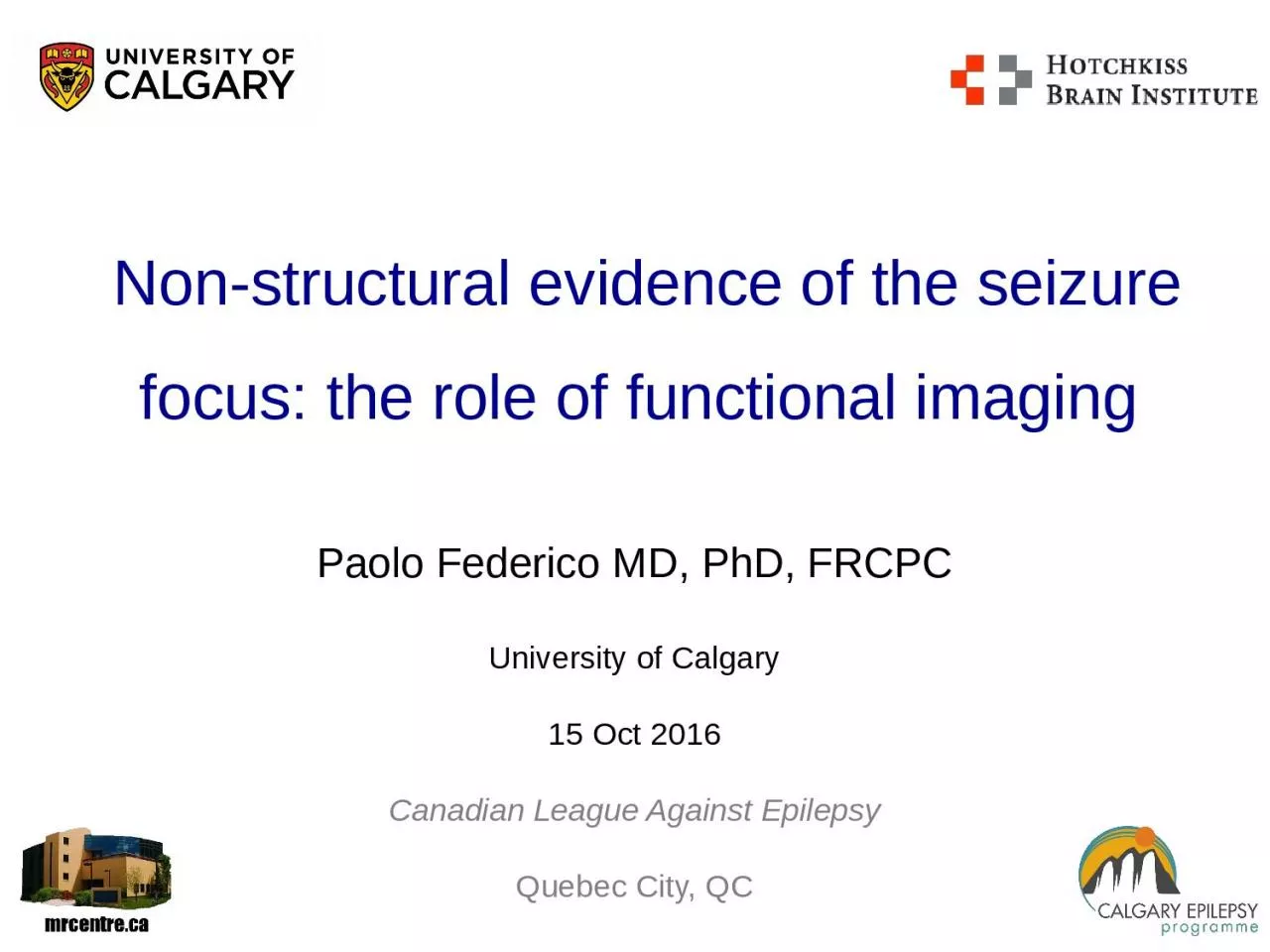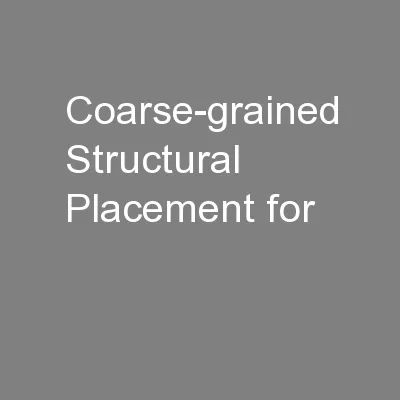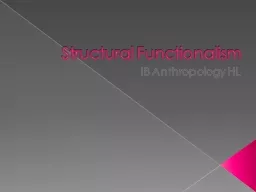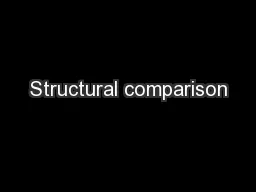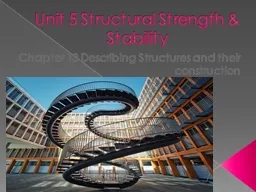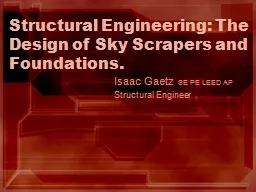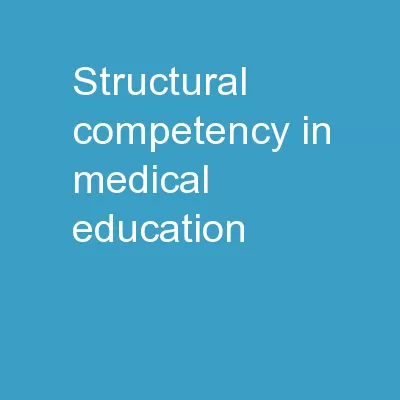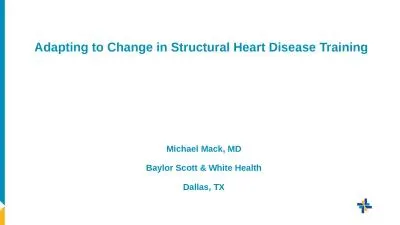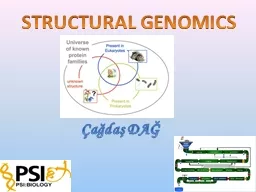PPT-Non-structural evidence of
Author : cappi | Published Date : 2022-06-20
the seizure focus the role of functional imaging Paolo Federico MD PhD FRCPC University of Calgary 15 Oct 2016 Canadian League Against Epilepsy Quebec City QC
Presentation Embed Code
Download Presentation
Download Presentation The PPT/PDF document "Non-structural evidence of" is the property of its rightful owner. Permission is granted to download and print the materials on this website for personal, non-commercial use only, and to display it on your personal computer provided you do not modify the materials and that you retain all copyright notices contained in the materials. By downloading content from our website, you accept the terms of this agreement.
Non-structural evidence of: Transcript
Download Rules Of Document
"Non-structural evidence of"The content belongs to its owner. You may download and print it for personal use, without modification, and keep all copyright notices. By downloading, you agree to these terms.
Related Documents

